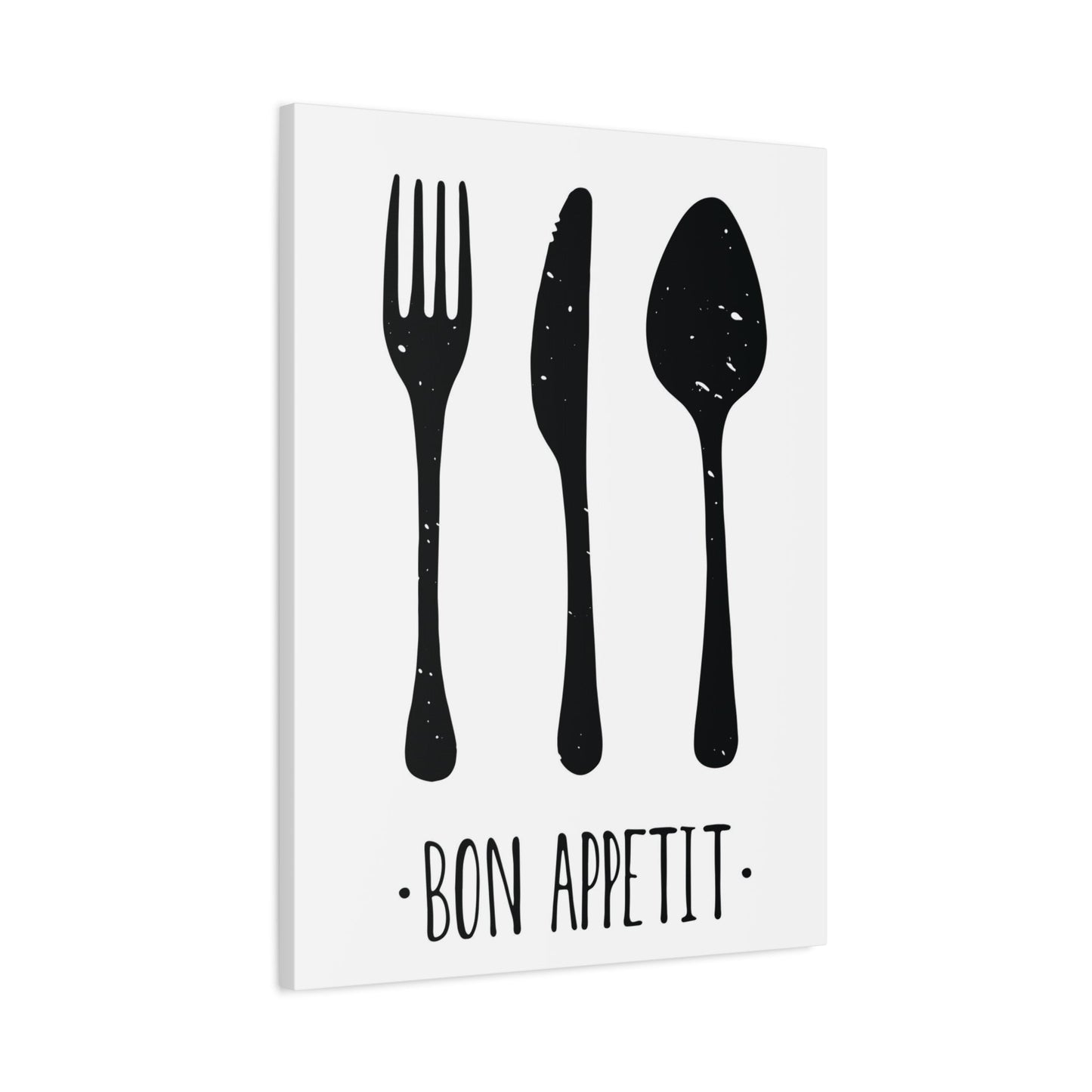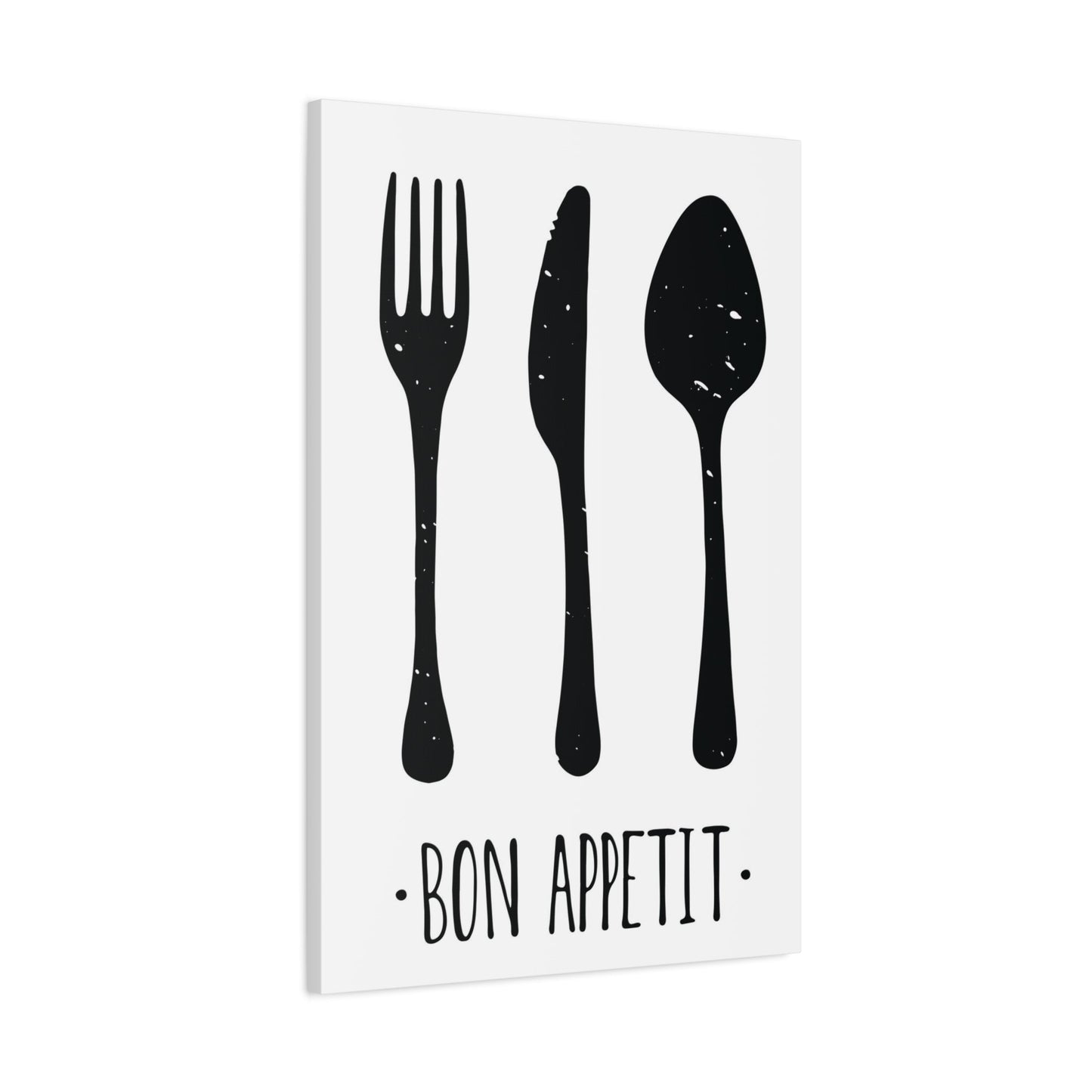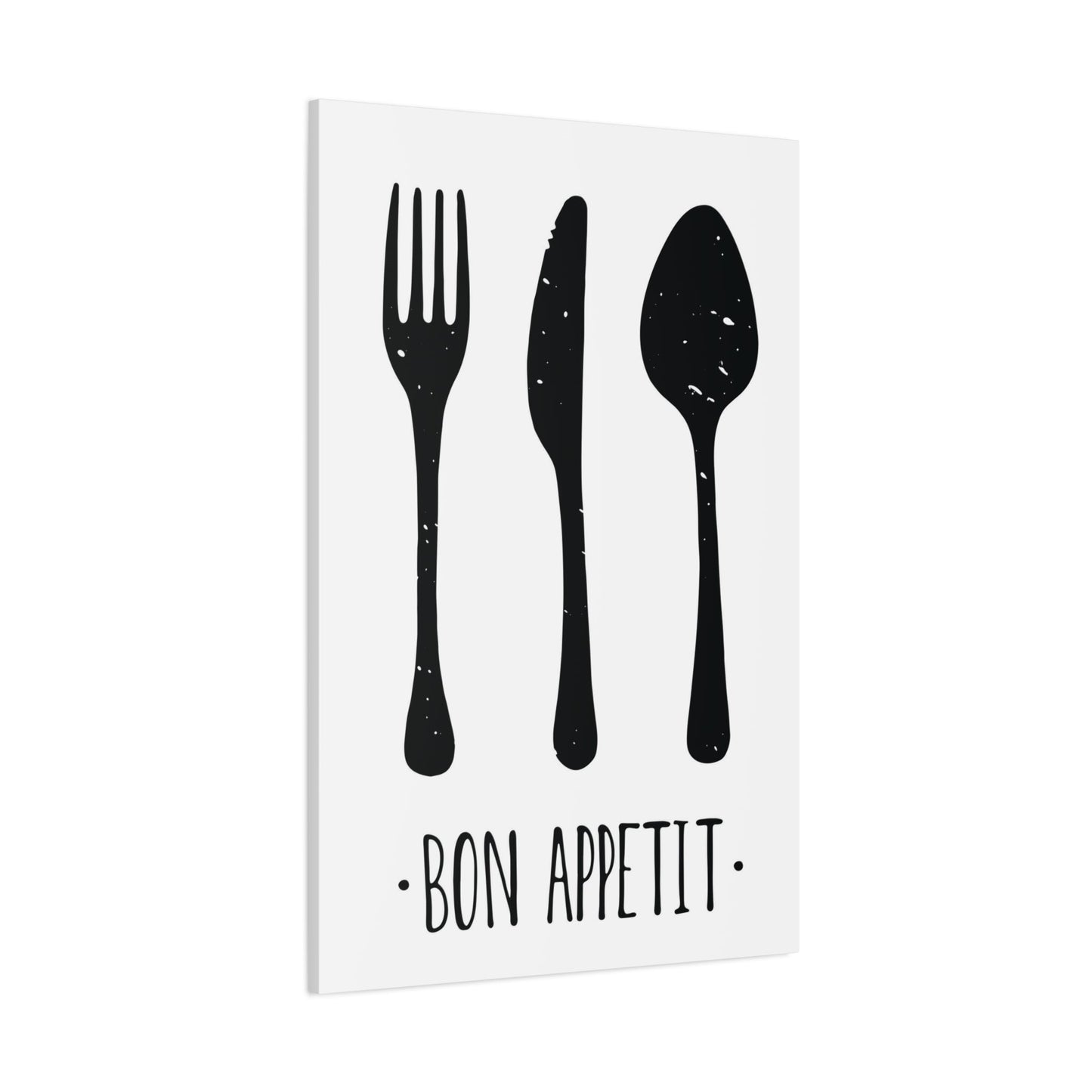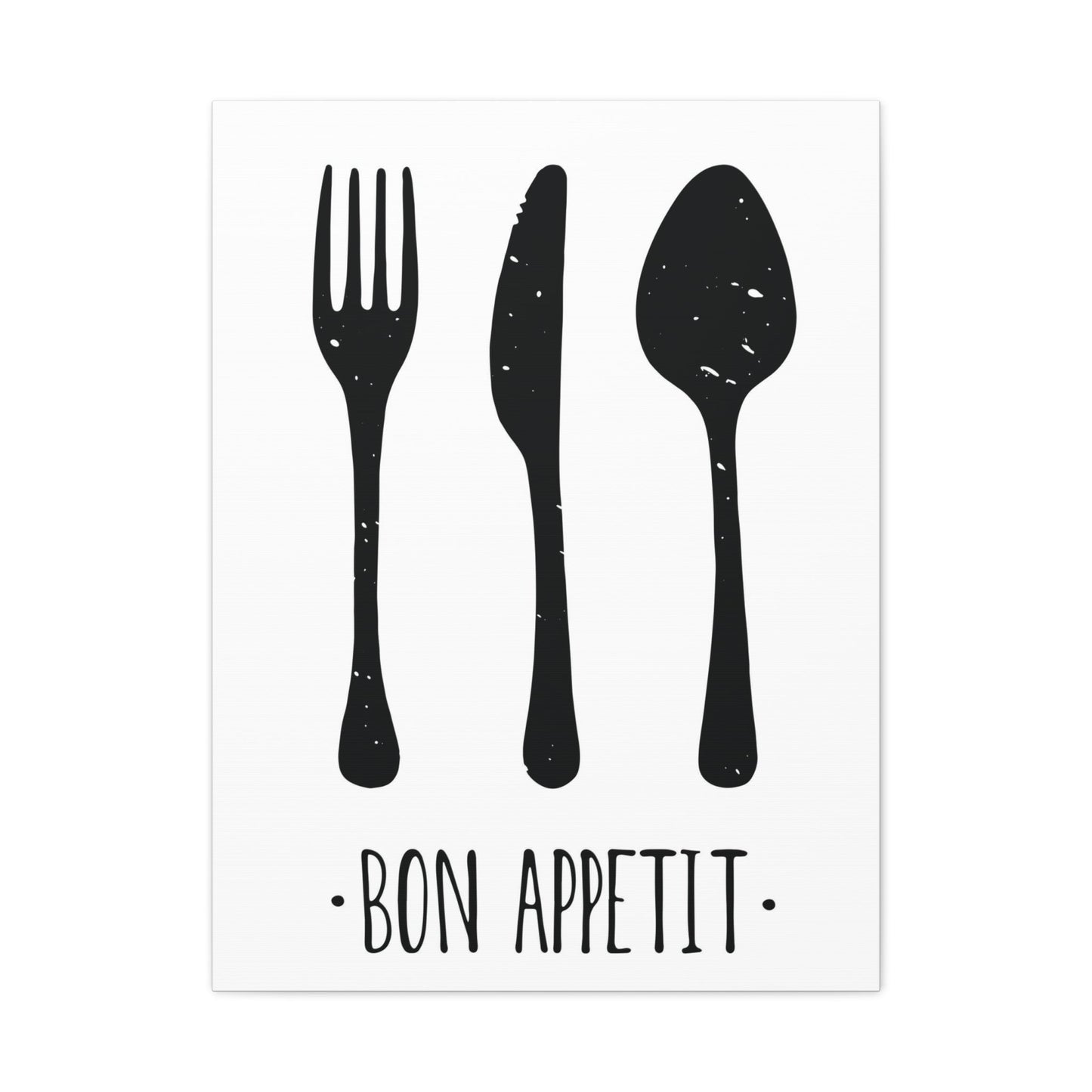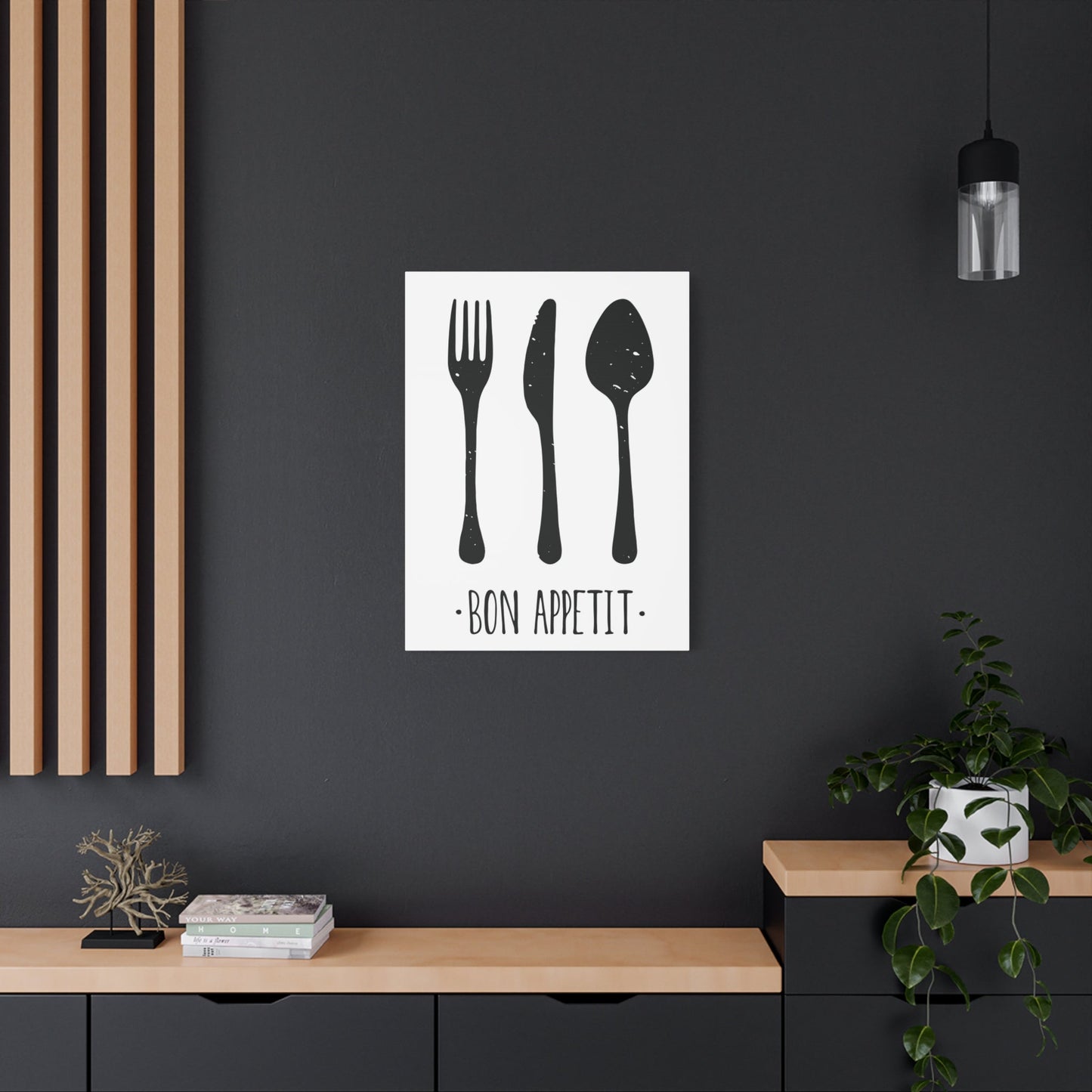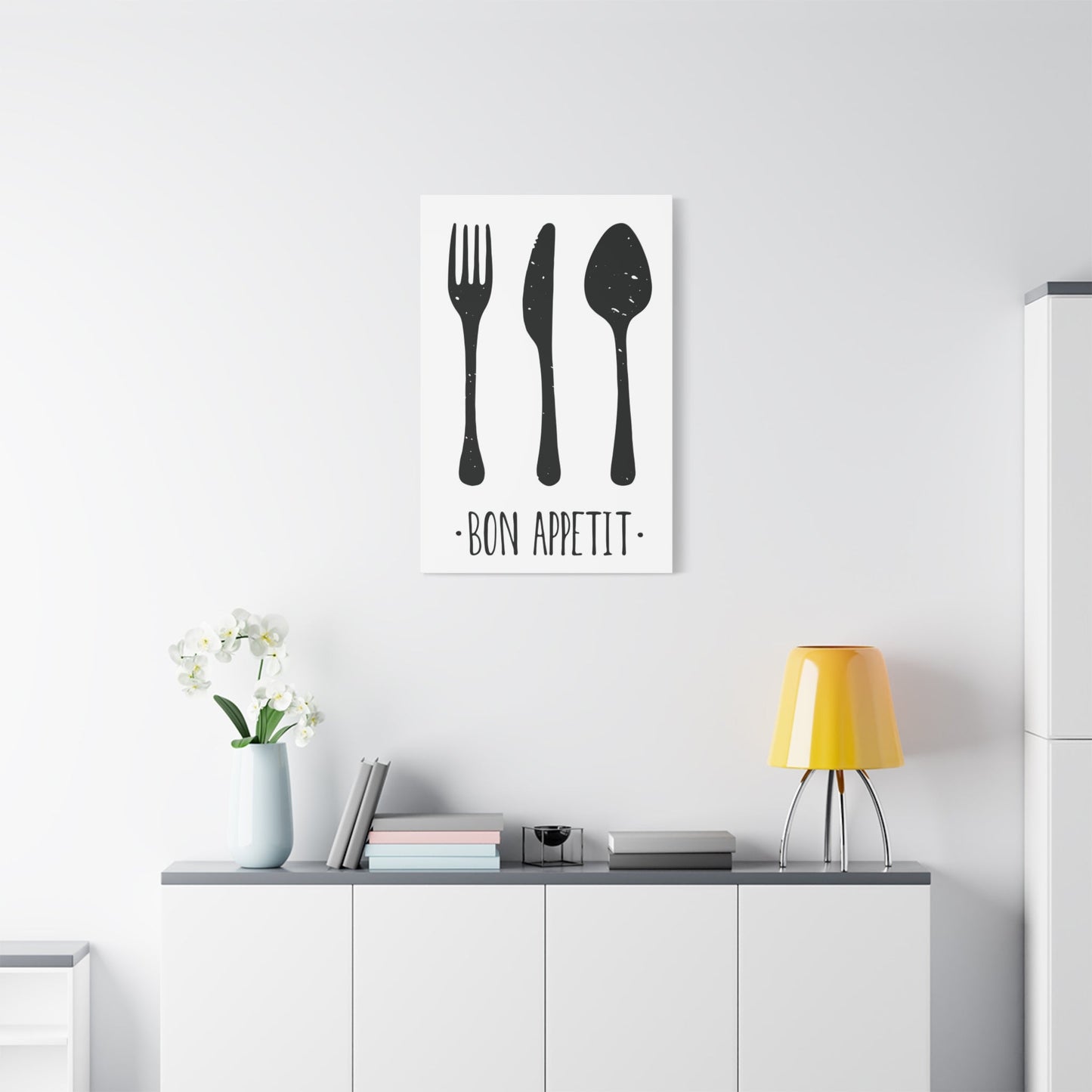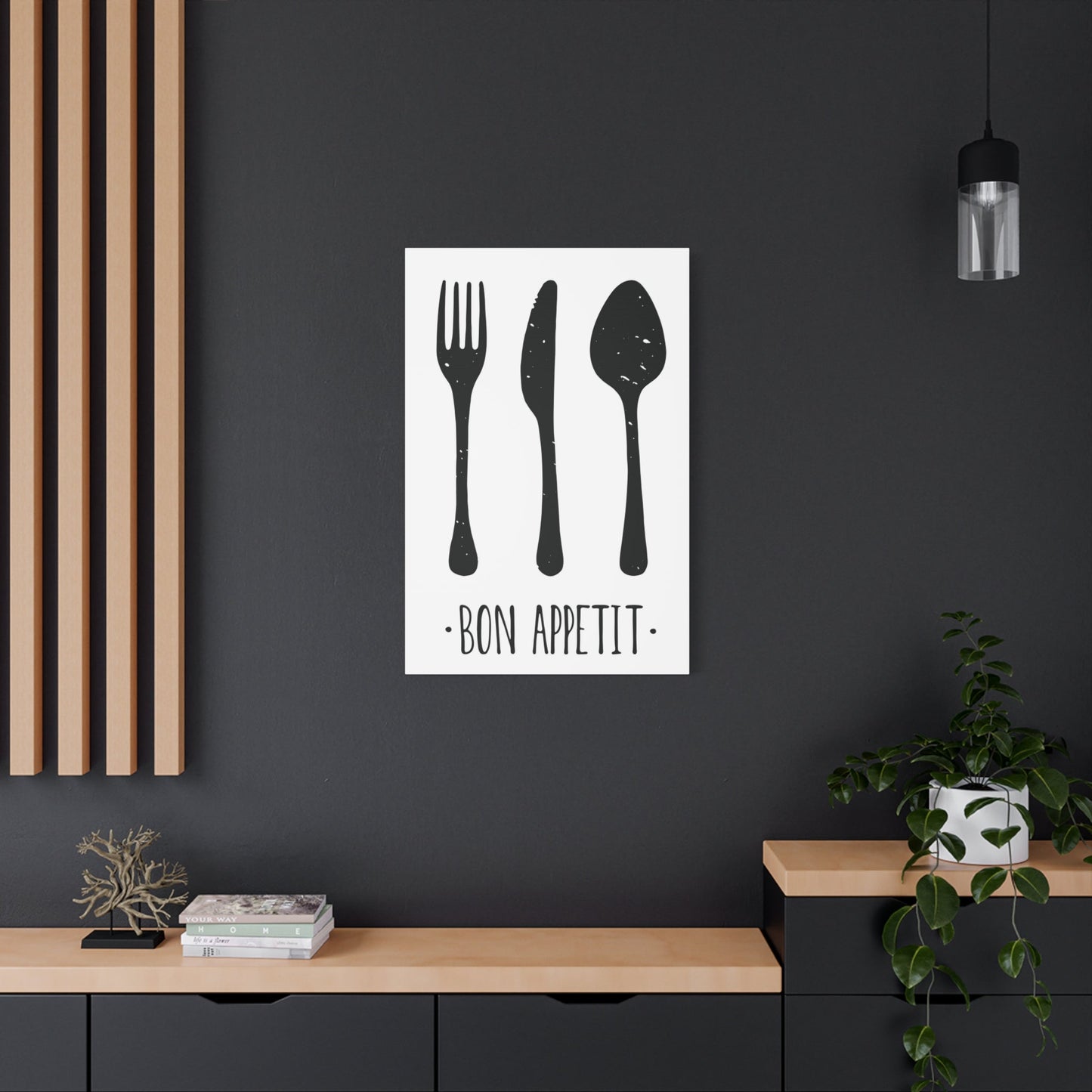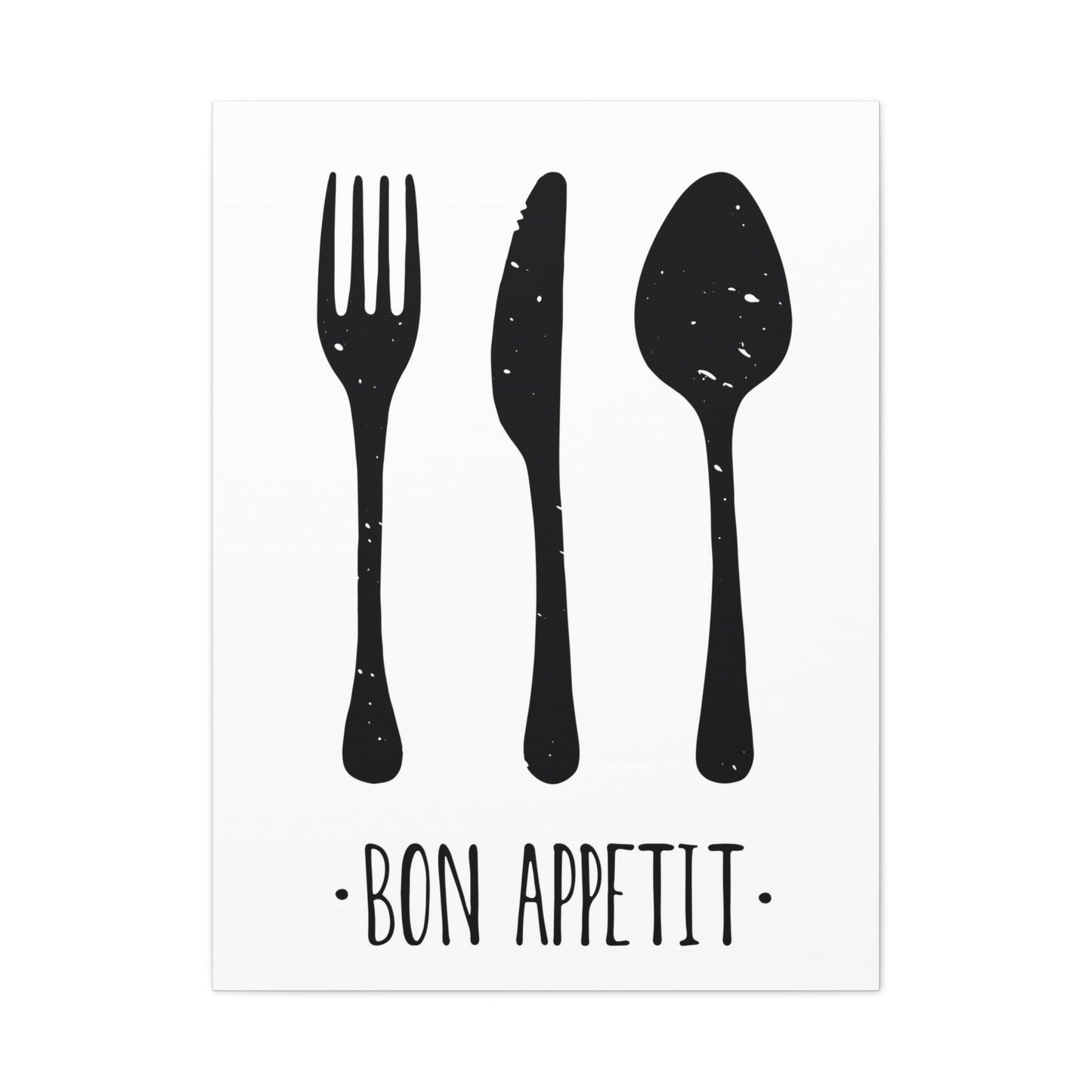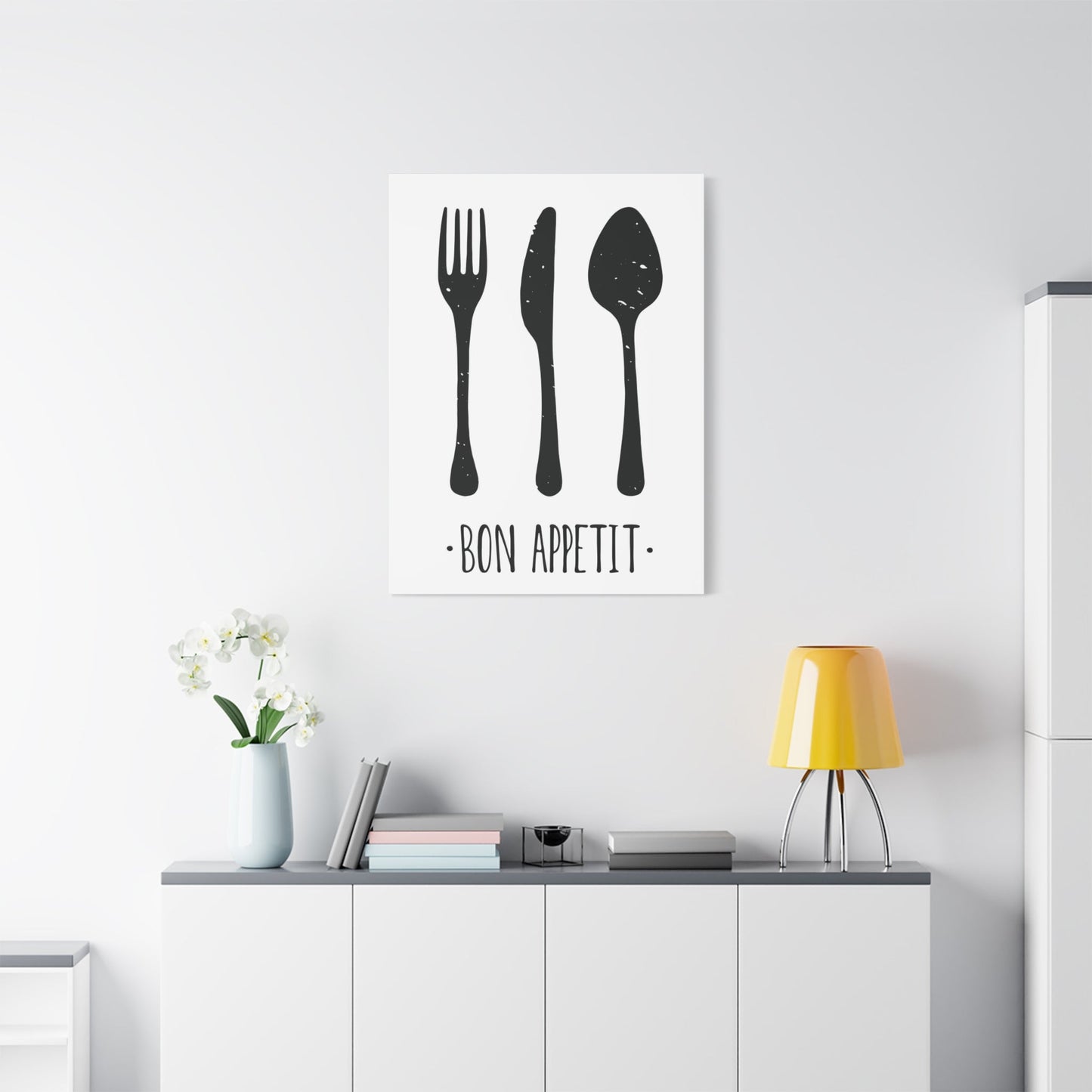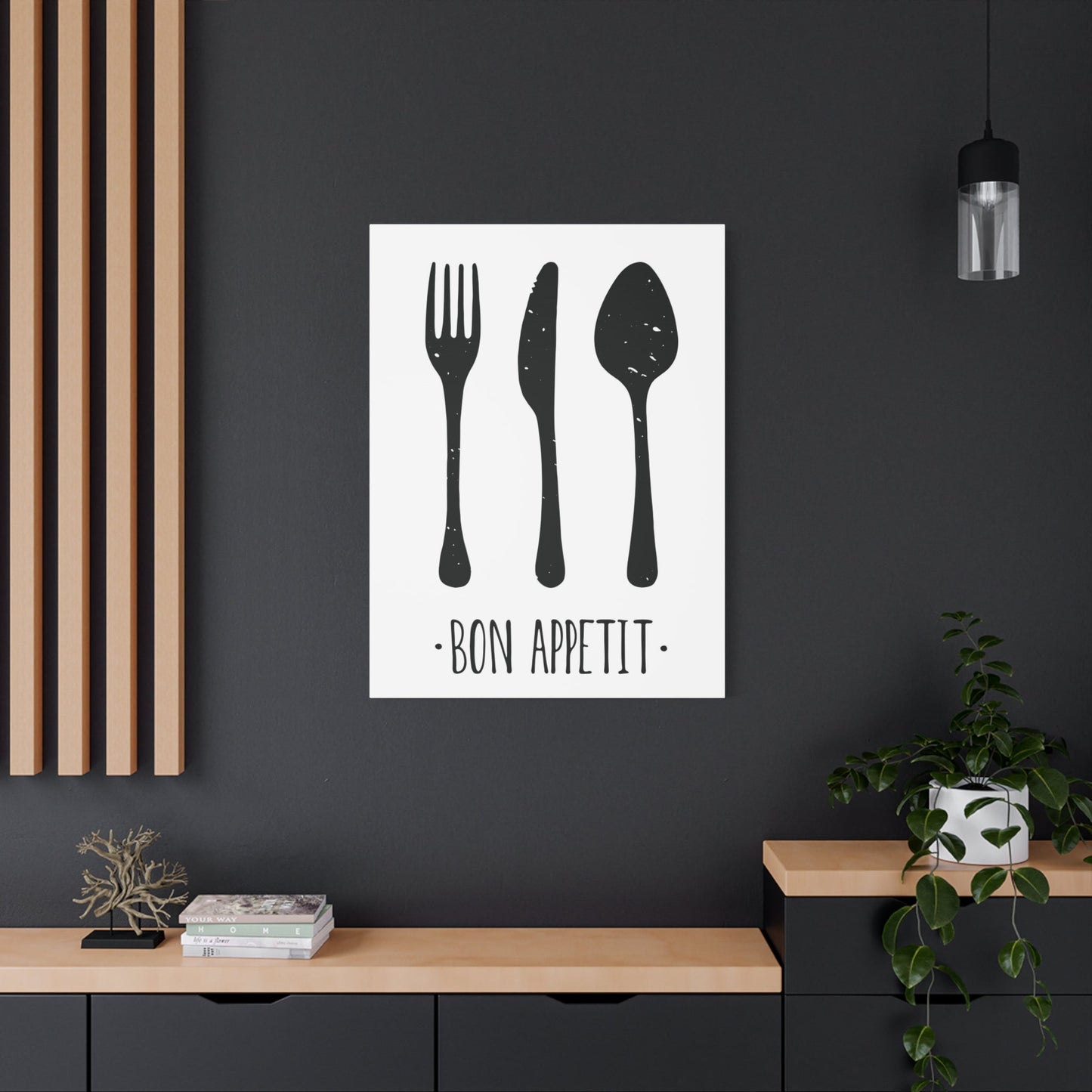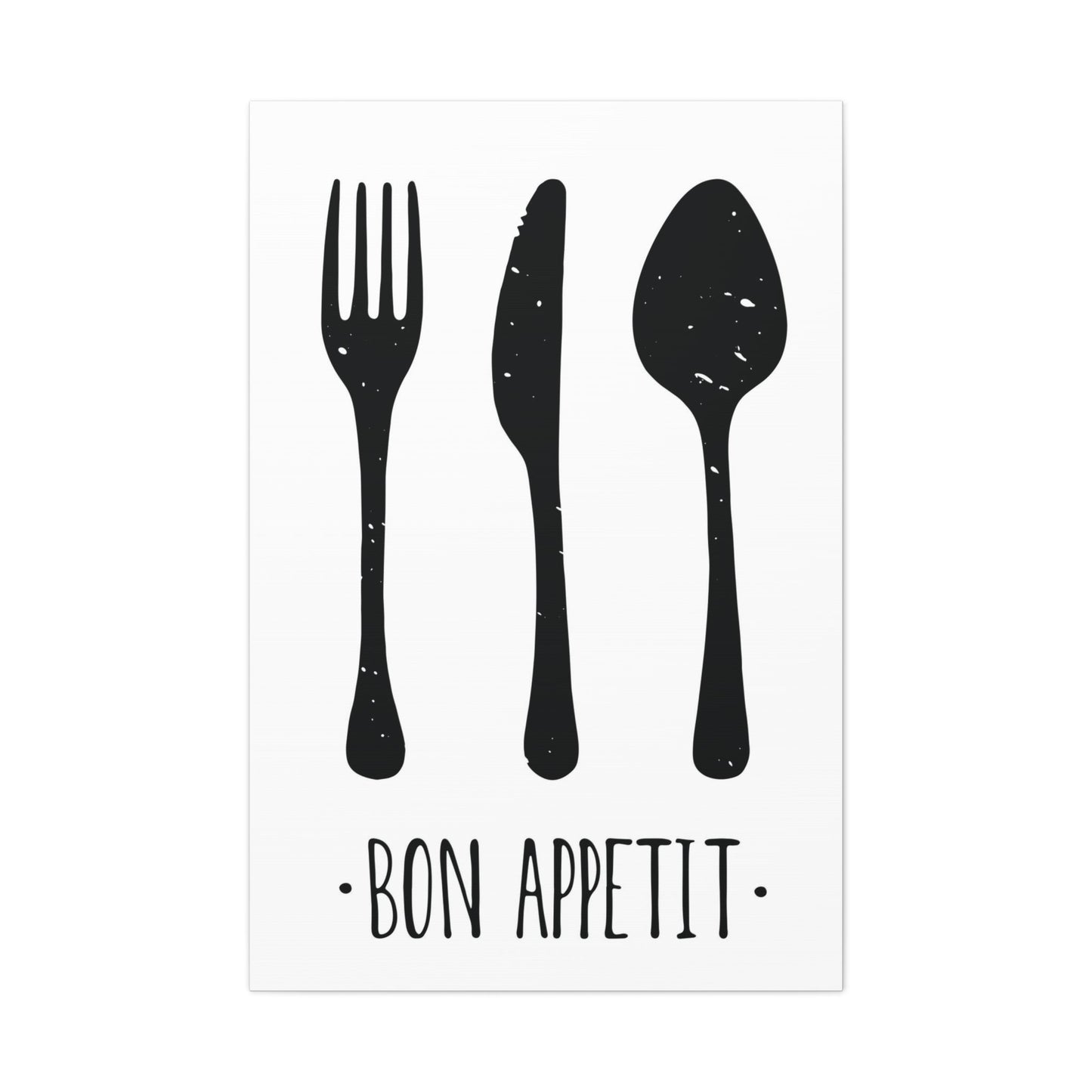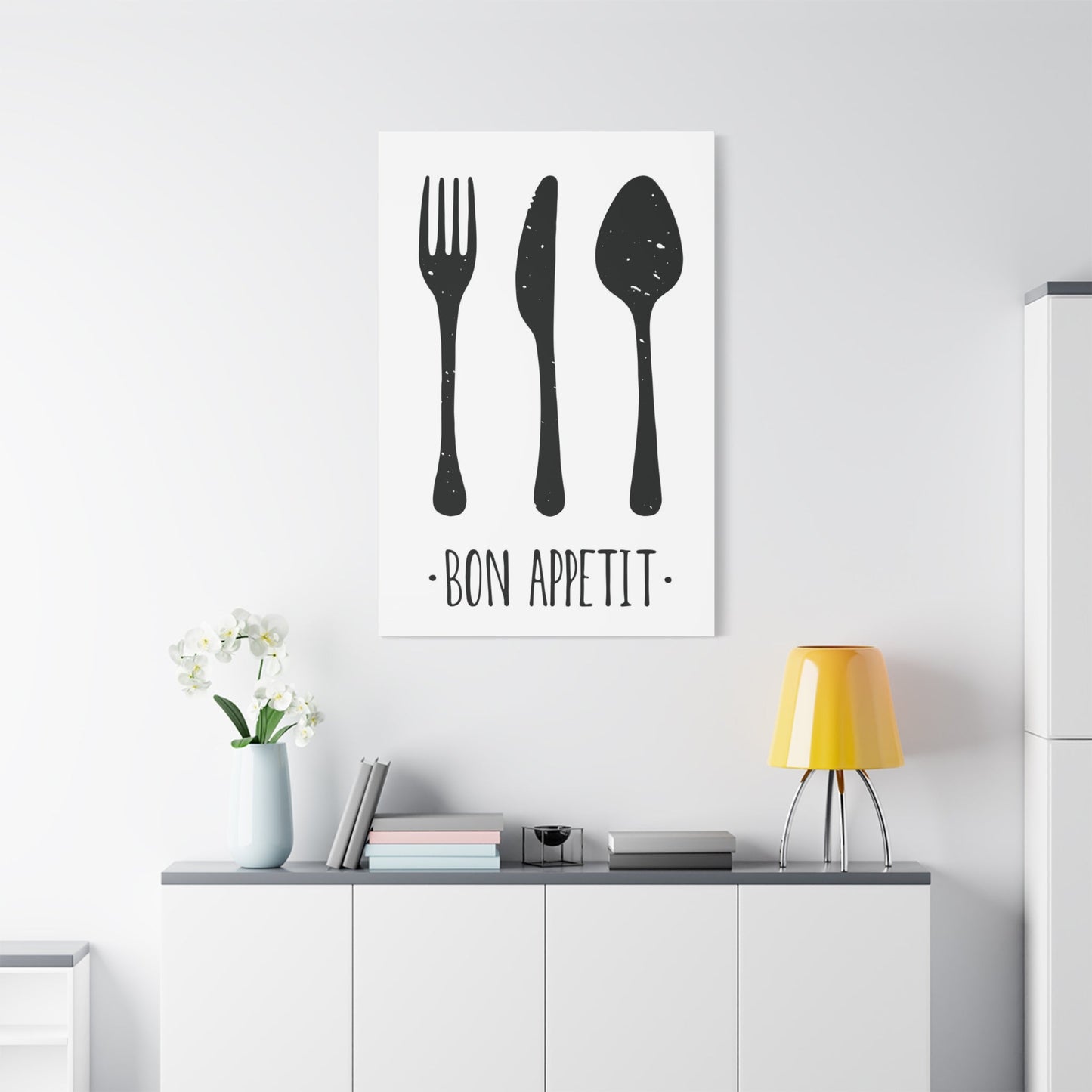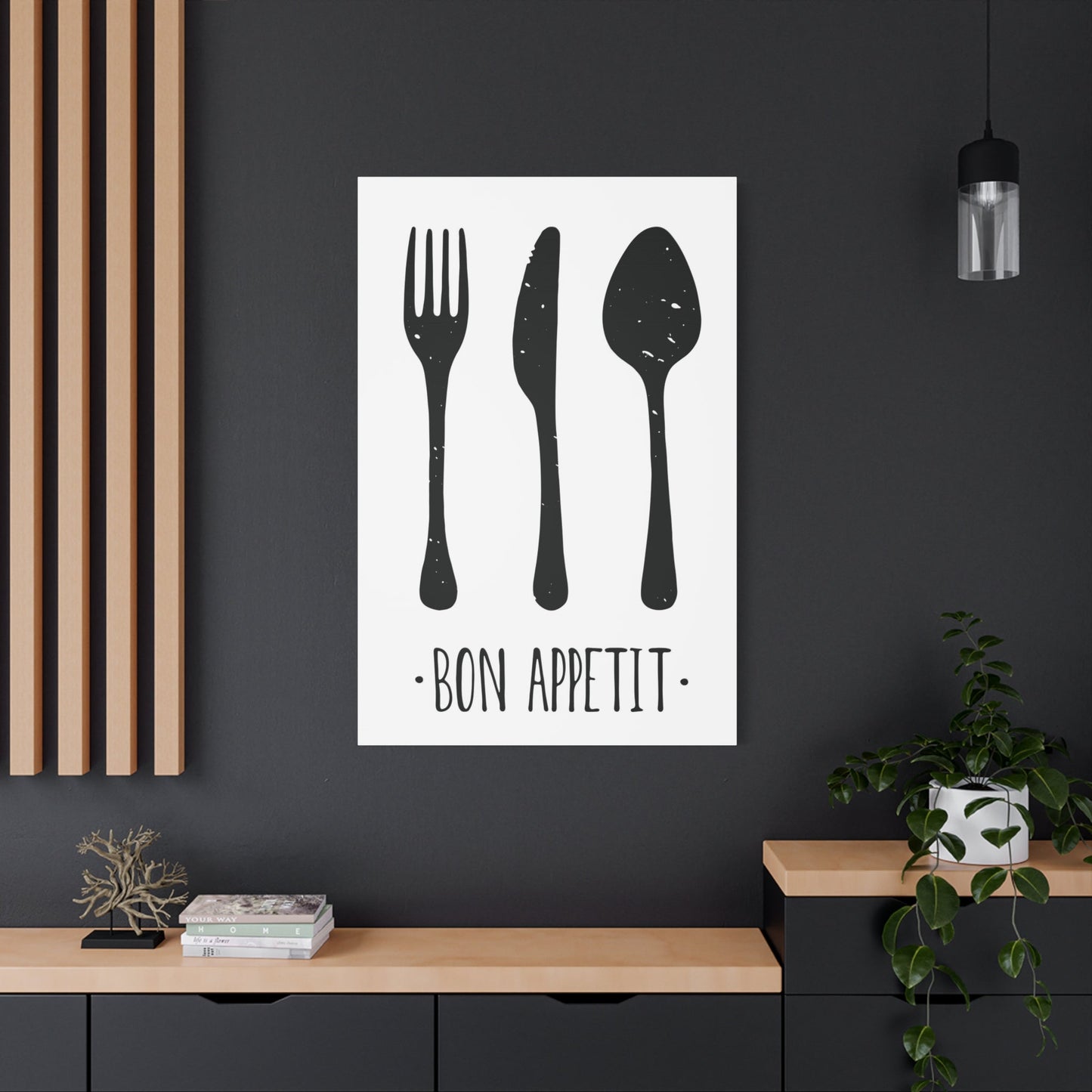Jessica Dayon’s Bon Appétit Wall Art Transforms Your Kitchen into a Gourmet Haven
In the realm of interior design, few elements can transform a space as dramatically as carefully chosen wall art. When it comes to kitchens and dining areas, the selection becomes even more crucial, as these spaces serve as the heart of the home where families gather, meals are prepared, and memories are created. Jessica Dayon's culinary-inspired wall art collection has emerged as a remarkable solution for homeowners seeking to infuse their cooking and dining spaces with personality, warmth, and sophisticated charm.
The intersection of food culture and artistic expression has given rise to a unique genre of home decor that celebrates the joy of cooking, dining, and the sensory pleasures associated with culinary experiences. Jessica Dayon's approach to this artistic niche combines traditional French culinary aesthetics with contemporary design sensibilities, creating pieces that resonate with both amateur home cooks and professional chefs alike.
This comprehensive exploration delves into the world of food-inspired wall decor, examining how these artistic pieces can revolutionize kitchen and dining spaces while reflecting personal taste and culinary passion. From understanding the artistic philosophy behind these creations to practical styling advice and gift-giving ideas, we'll uncover why this particular style of wall art has captured the imagination of interior designers and homeowners worldwide.
Exploring Jessica Dayon's Culinary-Inspired Artistic Vision
Jessica Dayon's artistic journey into the world of food-inspired wall decor began with a deep appreciation for the cultural significance of dining and the visual beauty inherent in culinary traditions. Her work draws inspiration from the rich heritage of French cuisine, vintage cookbook illustrations, and the timeless appeal of market scenes and café culture that have defined European dining experiences for centuries.
The artistic philosophy underlying Dayon's work centers on the belief that food is not merely sustenance but a form of cultural expression that deserves to be celebrated visually. Her pieces often feature elegant typography, muted color palettes, and imagery that evokes the sophistication of classical French cuisine while remaining accessible to modern sensibilities. The artist's attention to detail is evident in every piece, from the careful selection of fonts that echo vintage French signage to the subtle color gradations that create depth and visual interest.
One of the most striking aspects of Dayon's artistic approach is her ability to balance sophistication with approachability. While her work clearly draws from high culinary culture, it never feels pretentious or exclusionary. Instead, these pieces invite viewers to appreciate the artistry inherent in everyday cooking and dining experiences, transforming mundane kitchen activities into opportunities for aesthetic appreciation.
The technical execution of Dayon's work demonstrates a mastery of various artistic mediums, from traditional illustration techniques to modern digital design methods. This versatility allows her to create pieces that work equally well in contemporary minimalist kitchens and traditional country-style dining rooms. The careful consideration given to color theory ensures that her pieces complement rather than overwhelm existing decor schemes.
The cultural references embedded within Dayon's work extend beyond mere visual appeal, incorporating elements of French culinary history, traditional cooking methods, and the social aspects of dining that have shaped food culture for generations. This depth of cultural awareness elevates her pieces from simple decorative objects to meaningful artistic statements that celebrate the role of food in human culture.
The evolution of Dayon's artistic style reflects broader trends in interior design, particularly the movement toward creating spaces that tell personal stories and reflect individual passions. Her work appeals to homeowners who view their kitchens and dining areas not just as functional spaces but as extensions of their personality and lifestyle choices.
Enhancing Kitchen Spaces Through Strategic Wall Art Placement
The kitchen has evolved from a purely utilitarian space to the social and emotional center of the modern home, making the selection and placement of wall art crucial for creating an environment that is both functional and inspiring. Jessica Dayon's food-themed artwork offers unique advantages for kitchen decoration, providing visual elements that complement the space's primary function while adding layers of personality and sophistication.
When considering wall art for kitchen spaces, several factors must be taken into account, including the room's size, layout, existing color scheme, and the overall design aesthetic. Dayon's pieces work particularly well in kitchens because they maintain thematic consistency with the space's purpose while offering visual relief from the typically hard surfaces and utilitarian objects that dominate kitchen environments.
The strategic placement of culinary-inspired artwork can help define different zones within open-concept kitchen designs, creating visual boundaries between cooking, preparation, and casual dining areas. Larger pieces work well as focal points above kitchen islands or breakfast nooks, while smaller prints can be grouped together to create gallery walls that add visual interest to otherwise empty wall spaces.
Color coordination plays a crucial role in successfully integrating wall art into kitchen designs. Dayon's typically muted color palettes, featuring soft grays, warm creams, and subtle earth tones, complement a wide range of kitchen color schemes without competing with cabinet finishes or countertop materials. This versatility makes her pieces suitable for both neutral kitchen designs and spaces featuring bold accent colors.
The durability considerations for kitchen wall art cannot be overlooked, as these spaces are subject to temperature fluctuations, humidity, and occasional splashing from cooking activities. High-quality prints with appropriate framing and protective glazing ensure that artwork maintains its appearance over time, even in the challenging kitchen environment.
Lighting considerations also play a significant role in showcasing kitchen wall art effectively. Natural light from windows can enhance the subtle details in Dayon's illustrations, while strategically placed accent lighting can create dramatic effects and ensure that artwork remains visible during evening cooking sessions. The interplay between artwork and lighting can transform the kitchen atmosphere from purely functional to warmly inviting.
The psychological impact of well-chosen kitchen wall art extends beyond mere decoration, influencing mood and behavior in subtle but meaningful ways. Food-inspired artwork can enhance appetite appeal, encourage family gathering, and create positive associations with cooking activities. Dayon's pieces, with their celebration of culinary culture, can inspire home cooks to approach meal preparation with greater creativity and enthusiasm.
Styling Dining Areas with Food-Themed Prints
The dining area presents unique opportunities for incorporating food-inspired wall art, as this space is dedicated entirely to the enjoyment of meals and social interaction. Jessica Dayon's culinary prints can serve as conversation starters while creating an atmosphere that enhances the dining experience and reflects the homeowner's appreciation for food culture and artistic expression.
Unlike kitchens, dining areas typically offer more flexibility in terms of wall space and viewing angles, allowing for creative arrangements that might not be practical in cooking spaces. The absence of functional constraints such as cabinet placement and appliance positioning means that artwork can be positioned at optimal viewing heights and angles for seated diners.
The scale of artwork in dining areas requires careful consideration, as pieces must be large enough to create visual impact while remaining proportionate to the room size and furniture scale. Dayon's work is available in various sizes, making it possible to select pieces that complement specific dining room dimensions and furniture arrangements.
Creating cohesive groupings of multiple pieces can produce dramatic effects in dining areas, allowing for the development of themed displays that tell visual stories about culinary culture and food appreciation. The careful spacing and arrangement of multiple prints requires attention to visual balance and flow, ensuring that the overall composition enhances rather than overwhelms the dining experience.
The relationship between dining room lighting and wall art deserves special attention, as meals are often enjoyed under varying lighting conditions, from bright natural light during daytime brunches to intimate candlelit dinners. Artwork selection and placement should take into account how pieces will appear under different lighting scenarios, ensuring that they remain visually appealing throughout various dining occasions.
Color psychology plays an important role in dining room design, as certain colors can influence appetite and mood. Dayon's typically warm and inviting color palettes complement the social nature of dining, creating environments that encourage relaxation and enjoyment of both food and company. The sophisticated yet approachable nature of her work helps create dining atmospheres that feel welcoming rather than formal or intimidating.
The integration of food-themed artwork with dining room furniture and accessories requires thoughtful coordination to avoid visual conflicts or thematic redundancy. While the artwork celebrates food culture, it should complement rather than compete with table settings, serving pieces, and other decorative elements that contribute to the dining experience.
Seasonal flexibility in dining room artwork can enhance the year-round appeal of these spaces, with certain pieces working better during different times of the year. Dayon's work, with its timeless appeal and sophisticated color palettes, maintains relevance across seasons while allowing for the addition of seasonal accessories that complement the permanent artwork installation.
The Artistic Narrative Behind Food-Inspired Wall Decor
The development of food-themed wall art as a distinct genre reflects broader cultural shifts in how society views cooking, dining, and the role of food in daily life. Jessica Dayon's contribution to this artistic movement draws from deep wells of culinary history, artistic tradition, and contemporary design sensibilities to create pieces that resonate with modern audiences while honoring time-tested aesthetic principles.
The historical precedents for food-inspired art can be traced back centuries, from Dutch still-life paintings featuring elaborate food displays to French impressionist works depicting market scenes and café culture. Dayon's work continues this tradition while adapting it for contemporary home decoration, making high art concepts accessible to everyday living spaces.
The symbolic significance of food imagery in art extends far beyond mere decoration, encompassing themes of abundance, hospitality, cultural identity, and the celebration of life's simple pleasures. Dayon's pieces tap into these deeper meanings while maintaining visual appeal that works effectively in residential settings. The careful balance between artistic depth and decorative functionality represents a significant achievement in contemporary wall art design.
The creative process behind Dayon's food-inspired pieces involves extensive research into culinary history, traditional cooking methods, and the visual elements that have come to symbolize different aspects of food culture. This scholarly approach to artistic creation ensures that her work possesses authenticity and cultural resonance that goes beyond surface-level visual appeal.
The technical challenges involved in creating effective food-themed wall art include accurately representing textures, colors, and forms associated with various culinary elements while maintaining artistic coherence and visual appeal. Dayon's mastery of these technical aspects allows her to create pieces that feel both realistic and stylized, achieving the delicate balance necessary for successful decorative art.
The market reception of food-inspired wall art reflects growing consumer interest in personalized home decoration that reflects individual passions and lifestyle choices. The popularity of cooking shows, food blogs, and culinary tourism has created a cultural environment where food appreciation is seen as a legitimate form of artistic expression worthy of celebration in home décor.
The evolution of printing and reproduction technologies has made high-quality food-themed artwork more accessible to average consumers, allowing for the mass production of pieces that maintain artistic integrity while remaining affordable for typical home decoration budgets. This democratization of art has contributed to the widespread adoption of food-themed décor in residential settings.
Incorporating French Culinary Aesthetics into Home Design
The influence of French culinary culture on global food appreciation cannot be overstated, and this cultural impact extends naturally into the realm of interior design and home decoration. Jessica Dayon's work draws heavily from French culinary traditions, incorporating visual elements that evoke the sophistication, elegance, and joie de vivre associated with French food culture.
The aesthetic elements commonly associated with French culinary culture include elegant typography reminiscent of vintage French signage, muted color palettes that reflect the sophistication of French design sensibilities, and imagery that captures the essence of French market culture and café society. These elements work together to create a cohesive visual language that speaks to the refinement and artistry inherent in French approaches to food and dining.
The integration of French culinary aesthetics into contemporary home design requires sensitivity to cultural authenticity while avoiding clichéd representations that might feel forced or artificial. Dayon's approach successfully navigates this challenge by incorporating genuine elements of French food culture while adapting them for modern living spaces and contemporary design sensibilities.
The color palettes traditionally associated with French design, including soft grays, warm creams, muted blues, and subtle earth tones, work exceptionally well in kitchen and dining room settings, complementing both traditional and contemporary design schemes. These sophisticated color choices reflect the restraint and elegance that characterize French aesthetic principles across various design disciplines.
The typography choices in French-inspired culinary artwork play a crucial role in establishing authenticity and visual appeal. Traditional French letterforms, whether script or serif styles, carry cultural associations that immediately communicate sophistication and culinary expertise. Dayon's careful selection and application of these typographic elements contribute significantly to the overall effectiveness of her pieces.
The cultural symbols and imagery associated with French food culture provide rich source material for artistic interpretation, from classic bistro elements and market scenes to references to traditional French cooking techniques and regional specialties. The challenge lies in incorporating these elements in ways that feel fresh and contemporary rather than derivative or overly nostalgic.
The philosophy of French design emphasizes quality over quantity, sophistication over ostentation, and timeless appeal over temporary trends. These principles translate effectively to wall art selection, where a few carefully chosen pieces often create more impact than numerous smaller items. Dayon's work embodies these principles, offering pieces that can serve as long-term investments in home decoration.
The global appeal of French culinary culture makes French-inspired wall art accessible to diverse audiences, regardless of their specific cultural backgrounds or geographic locations. The universal appreciation for French food culture creates common ground that allows these artistic pieces to resonate with homeowners from various cultural contexts.
Creating Visual Harmony in Living Spaces Through Culinary Art
The successful integration of food-themed wall art into living spaces requires careful attention to visual harmony, ensuring that artistic pieces complement rather than compete with existing design elements. Jessica Dayon's approach to culinary-inspired artwork demonstrates how thoughtful design can create cohesive environments that celebrate food culture while maintaining overall aesthetic balance.
The principles of visual harmony in interior design include color coordination, scale relationships, style consistency, and thematic coherence. When applied to food-themed wall art, these principles help ensure that culinary-inspired pieces enhance the overall design scheme rather than creating visual discord or thematic confusion.
Color coordination represents perhaps the most crucial aspect of achieving visual harmony with culinary artwork. Dayon's typically restrained color palettes, featuring sophisticated neutrals and subtle accent colors, make her pieces highly versatile and capable of integrating successfully with a wide range of existing color schemes. This versatility allows homeowners to incorporate food-themed artwork without requiring major changes to established design schemes.
Scale relationships between wall art and surrounding design elements require careful consideration to avoid creating visual imbalances that can disrupt the harmony of interior spaces. The size of artwork must be proportionate to wall space, furniture scale, and room dimensions to create pleasing visual relationships that enhance rather than overwhelm the environment.
Style consistency ensures that food-themed artwork complements the overall design aesthetic of the space rather than creating jarring stylistic conflicts. Dayon's ability to work across various design styles, from contemporary minimalism to traditional country décor, makes her pieces suitable for diverse interior design approaches.
Thematic coherence involves ensuring that food-themed artwork supports and enhances the functional purpose of kitchen and dining spaces without becoming overly literal or redundant. The challenge lies in celebrating food culture through artwork while maintaining sophistication and avoiding clichéd representations that might detract from the overall design quality.
The placement and arrangement of multiple pieces require attention to visual flow and balance, ensuring that artwork groupings create pleasing compositions that guide the eye naturally through the space. Proper spacing, alignment, and size relationships between multiple pieces contribute to the overall success of food-themed artwork installations.
The integration of food-themed artwork with existing decorative accessories and functional items requires thoughtful coordination to avoid visual competition or thematic redundancy. Successful integration involves considering how artwork relates to serving pieces, kitchen accessories, and other decorative elements that share space with the artistic pieces.
Blending Contemporary and Traditional Elements in Kitchen Design
Modern kitchen design increasingly emphasizes the integration of personal expression with functional efficiency, creating spaces that reflect individual personalities while meeting contemporary lifestyle demands. Jessica Dayon's food-inspired artwork provides an ideal bridge between traditional culinary culture and modern design sensibilities, allowing homeowners to honor food traditions while embracing contemporary aesthetics.
The challenge of blending contemporary and traditional elements lies in achieving balance that feels authentic rather than forced or artificial. Successful integration requires understanding both the historical context of traditional elements and the principles underlying contemporary design approaches. Dayon's work demonstrates this understanding through pieces that honor culinary traditions while speaking to modern sensibilities.
Contemporary kitchen design principles emphasize clean lines, uncluttered surfaces, and efficient functionality, which might seem to conflict with the decorative nature of traditional food-themed artwork. However, carefully selected pieces can actually enhance contemporary designs by adding warmth, personality, and visual interest to spaces that might otherwise feel cold or sterile.
The material palette of contemporary kitchens, typically featuring stainless steel, glass, and engineered surfaces, can benefit from the organic warmth that food-themed artwork provides. Dayon's pieces, with their sophisticated color palettes and organic subject matter, offer visual softness that balances the harder edges characteristic of contemporary kitchen materials.
The open-concept nature of many contemporary homes presents unique opportunities for food-themed artwork, as kitchen spaces often flow seamlessly into living and dining areas. This architectural openness requires artwork that can function effectively across multiple spaces while maintaining visual coherence throughout the connected areas.
Technology integration in contemporary kitchens creates new considerations for wall art placement, as digital displays, smart appliances, and integrated lighting systems must be accommodated within the overall design scheme. Food-themed artwork must work harmoniously with these technological elements rather than competing for visual attention.
The sustainability consciousness that characterizes much contemporary design extends to artwork selection, with increasing emphasis on pieces that demonstrate longevity, quality construction, and timeless appeal. Dayon's work aligns with these values through its enduring aesthetic appeal and high production quality.
The flexibility requirements of contemporary living demand artwork that can adapt to changing needs and evolving design preferences. Food-themed pieces that work across various design contexts provide the adaptability that contemporary homeowners value, allowing for design evolution without requiring complete artwork replacement.
Establishing Café Culture Ambiance in Residential Settings
The appeal of café culture extends far beyond commercial establishments, with many homeowners seeking to recreate the warm, inviting atmosphere of their favorite coffee shops and bistros within their own living spaces. Jessica Dayon's culinary-inspired artwork provides an excellent foundation for establishing this coveted ambiance, combining visual elements that evoke the sophistication and charm of European café culture.
The essential elements of café ambiance include intimate scale, warm lighting, comfortable seating arrangements, and decorative elements that celebrate food and beverage culture. Wall artwork plays a crucial role in establishing this atmosphere by providing visual cues that immediately communicate the intended mood and cultural associations.
The psychological appeal of café environments stems from their ability to create spaces that feel both public and private, offering the energy of social interaction while maintaining personal comfort and intimacy. Recreating these qualities in residential settings requires careful attention to scale, lighting, and decorative choices that support the desired atmosphere.
Color palettes associated with successful café environments typically emphasize warm, welcoming tones that encourage relaxation and social interaction. Dayon's artwork, with its sophisticated use of warm neutrals and subtle accent colors, contributes to the color foundation necessary for establishing authentic café ambiance in home settings.
The cultural associations embedded within café-inspired artwork help establish the intellectual and artistic atmosphere that characterizes the most appealing café environments. References to food culture, literary traditions, and artistic expression create layers of meaning that contribute to the sophisticated ambiance that café enthusiasts seek to recreate.
Furniture selection and arrangement play crucial roles in establishing café-style environments, with artwork serving to reinforce and enhance the furniture choices rather than competing with them. The careful coordination between seating arrangements, table selections, and wall art creates cohesive environments that successfully capture café atmosphere.
Lighting considerations become particularly important when creating café-style ambiance, as the interplay between natural and artificial light sources contributes significantly to the overall mood and functionality of these spaces. Artwork must be positioned and lit in ways that enhance rather than detract from the intimate, welcoming atmosphere that defines successful café environments.
The accessories and decorative objects that accompany café-inspired artwork should support the overall theme while avoiding excessive literalness that might compromise the sophistication of the design. Successful café-style residential spaces achieve balance between thematic coherence and design restraint.
Selecting Meaningful Gifts for Culinary Enthusiasts
The growing appreciation for food culture and culinary artistry has created increased demand for gifts that celebrate these interests in meaningful and lasting ways. Jessica Dayon's food-themed wall art represents an ideal gift category for culinary enthusiasts, offering pieces that combine aesthetic appeal with personal relevance for recipients who value cooking, dining, and food culture.
Gift selection for culinary enthusiasts requires understanding the recipient's specific interests within the broad realm of food culture, as preferences can vary significantly between professional chefs, home cooking enthusiasts, wine collectors, and casual food lovers. Dayon's diverse portfolio of food-inspired artwork provides options suitable for various types of culinary interest and expertise levels.
The personal significance of food-themed artwork as gifts extends beyond mere decoration, offering recipients the opportunity to display their passions and interests in permanent, visible ways. Unlike consumable food gifts or temporary experiences, wall art provides lasting reminders of the giver's thoughtfulness and understanding of the recipient's interests.
Size considerations for gift artwork require careful thought, as recipients may have varying amounts of available wall space and different preferences for artwork scale. Smaller pieces offer greater flexibility for placement and integration into existing décor schemes, while larger pieces can serve as statement gifts that demonstrate the giver's generous intentions.
The quality and presentation of artwork gifts significantly impact their reception and perceived value. High-quality printing, appropriate matting, and professional framing elevate artwork gifts from casual gestures to meaningful expressions of appreciation and understanding.
Personalization possibilities within food-themed artwork can enhance the gift's significance by incorporating elements that reflect the recipient's specific interests or experiences. While Dayon's existing pieces offer broad appeal, the ability to select pieces that align with specific culinary interests or cultural preferences adds layers of thoughtfulness to the gift-giving gesture.
The timing of artwork gifts can enhance their significance, with occasions such as housewarming parties, kitchen renovations, or milestone celebrations in culinary careers providing natural opportunities for presenting food-themed artwork. The permanent nature of wall art makes these gifts appropriate for commemorating significant life events or achievements.
The presentation and packaging of artwork gifts require special attention to ensure that pieces arrive in perfect condition while creating positive unboxing experiences for recipients. Professional packaging demonstrates respect for both the artwork and the recipient while building anticipation for the gift reveal.
Art Placement and Arrangement
The successful display of food-themed wall art requires sophisticated understanding of placement principles, arrangement techniques, and visual design concepts that go beyond simple hanging preferences. Jessica Dayon's culinary-inspired pieces benefit from thoughtful placement strategies that maximize their visual impact while supporting the overall design objectives of kitchen and dining spaces.
The concept of visual weight in artwork arrangement involves understanding how different elements within compositions attract and hold viewer attention. Larger pieces, darker colors, and more complex imagery generally carry greater visual weight and should be positioned accordingly to create balanced arrangements that feel stable and pleasing to the eye.
Height considerations for wall art placement extend beyond standard hanging guidelines to encompass viewing angles, furniture relationships, and spatial proportions specific to kitchen and dining environments. The seated viewing positions common in dining areas require different height calculations than the standing positions typical in kitchen work areas.
The creation of gallery wall arrangements with multiple pieces requires advanced understanding of spacing relationships, size progressions, and thematic connections between individual artworks. Successful gallery walls achieve unity through careful attention to these relationships while maintaining enough variety to sustain visual interest.
Lighting integration with artwork placement involves considering both natural and artificial light sources and their effects on artwork visibility and color appearance throughout different times of day. Strategic lighting can dramatically enhance artwork impact while poor lighting can diminish even the highest quality pieces.
The relationship between artwork and architectural features such as windows, doorways, built-in cabinetry, and structural elements requires careful consideration to ensure that placements feel intentional and harmonious rather than awkward or forced. Successful integration with architectural elements can actually enhance both the artwork and the surrounding space.
Color relationships between multiple pieces in group arrangements require understanding of color theory principles and their application to create visually cohesive displays. The careful orchestration of color relationships can unify diverse pieces while creating dynamic visual experiences.
The consideration of viewing sequences and traffic patterns in artwork placement ensures that pieces are positioned to maximum advantage relative to how people move through and use the spaces. Strategic placement can create discovery moments and enhance the overall spatial experience.
Material Considerations and Durability in Kitchen Environments
The unique environmental conditions present in kitchen spaces require special consideration when selecting and displaying wall artwork, as temperature fluctuations, humidity variations, and potential exposure to cooking-related moisture and grease can impact artwork longevity and appearance. Jessica Dayon's food-themed pieces must be properly protected and displayed to maintain their visual appeal over time.
The environmental challenges specific to kitchen spaces include steam from cooking activities, temperature changes from oven and stovetop use, airborne grease particles, and occasional splashing from food preparation activities. These factors necessitate protective measures and careful placement decisions to preserve artwork integrity.
Frame selection for kitchen artwork serves both protective and aesthetic functions, with materials and construction methods chosen to withstand environmental challenges while complementing the artwork and surrounding décor. Glass or acrylic glazing provides essential protection against moisture and airborne contaminants while allowing full visibility of the underlying artwork.
Matting considerations for kitchen artwork involve selecting materials that resist moisture absorption and discoloration while providing appropriate visual separation between artwork and framing elements. Acid-free matting materials ensure long-term preservation while contributing to the overall presentation quality.
Placement strategies for kitchen artwork must balance aesthetic objectives with practical considerations such as distance from heat sources, protection from splashing, and accessibility for cleaning and maintenance. Strategic positioning can minimize exposure to environmental hazards while maximizing visual impact.
The cleaning and maintenance requirements for kitchen artwork differ from pieces displayed in other areas of the home, requiring gentle methods that remove accumulated dust and cooking residues without damaging the artwork or protective elements. Regular maintenance schedules help preserve artwork appearance and longevity.
Quality considerations in artwork selection become particularly important in kitchen environments, where lower-quality materials and construction methods may fail prematurely under environmental stress. Investment in high-quality pieces and professional-grade protective elements pays dividends in terms of longevity and continued visual appeal.
The replacement and rotation possibilities for kitchen artwork provide options for maintaining visual freshness while protecting valuable pieces from excessive environmental exposure. Strategic rotation schedules can extend artwork lifespans while providing opportunities for seasonal or thematic changes.
Appetite Enhancement Through Visual Design
The relationship between color choices in kitchen and dining spaces and their psychological effects on appetite, mood, and dining behavior represents a fascinating intersection of interior design and human psychology. Jessica Dayon's food-themed artwork, with its carefully considered color palettes, can contribute to creating environments that enhance dining experiences and promote positive associations with cooking and eating.
The scientific understanding of color psychology reveals that different colors can influence appetite, mood, and behavior in measurable ways. Warm colors such as reds, oranges, and yellows are generally associated with increased appetite and social interaction, while cooler colors may have calming effects that can either enhance or diminish food appreciation depending on the specific context and application.
The cultural associations attached to different colors in food contexts vary across cultures but generally include universal elements that transcend specific cultural boundaries. The earthy tones and warm neutrals featured in Dayon's work tap into these universal associations with natural foods, harvest imagery, and traditional cooking methods.
The balance between stimulating appetite and maintaining sophisticated aesthetic appeal requires careful color selection that achieves both objectives without compromising either. Overly stimulating colors can create environments that feel overwhelming or garish, while excessively muted palettes may fail to create the energy and enthusiasm associated with enjoyable dining experiences.
The seasonal considerations in color selection for food-themed artwork allow for connections between visual environment and natural cycles that can enhance the psychological connection to food and dining. Colors that evoke specific seasons can complement seasonal cooking and eating patterns while maintaining year-round visual appeal.
The coordination between artwork colors and food presentation creates opportunities for enhancing the visual appeal of meals and dining experiences. Thoughtfully selected artwork colors can serve as complementary backgrounds that make food appear more appealing and appetizing.
The lighting interactions with artwork colors significantly impact their psychological effects, as color appearance changes dramatically under different lighting conditions. Understanding these interactions allows for the creation of environments that maintain desired psychological effects throughout various dining occasions and times of day.
The long-term psychological effects of living with specific color environments include potential influences on eating habits, cooking motivation, and overall relationship with food culture. Carefully selected food-themed artwork can contribute to positive long-term associations that enhance quality of life and personal satisfaction with home environments.
Integration with Smart Home Technology and Modern Conveniences
Contemporary home design increasingly involves the integration of smart technology and modern conveniences that can impact the selection, placement, and display of wall artwork. Jessica Dayon's food-themed pieces must coexist harmoniously with technological elements while maintaining their aesthetic appeal and functional contribution to kitchen and dining environments.
The proliferation of smart kitchen appliances, digital displays, and integrated home automation systems creates new considerations for artwork placement and selection. Visual competition between digital screens and traditional artwork requires thoughtful positioning and scale relationships to ensure that both elements can function effectively without mutual interference.
The cable management requirements associated with modern kitchen technology can impact wall space availability and artwork placement options. Strategic planning during renovation or design phases can accommodate both technological needs and artistic objectives without compromising either functionality or aesthetic appeal.
The lighting control systems common in smart homes provide new opportunities for artwork illumination and presentation, allowing for dynamic lighting scenarios that can enhance artwork visibility and impact throughout different times of day and various usage patterns. Programmable lighting can create dramatic effects while supporting functional lighting requirements.
The voice control and smart home integration possibilities for lighting systems can enhance artwork presentation through automated lighting adjustments that optimize viewing conditions for different occasions and activities. These technological capabilities can elevate artwork display beyond traditional static presentations.
The consideration of electromagnetic interference from various smart home devices requires attention to artwork placement and materials selection to avoid potential long-term effects on artwork integrity. While these concerns are generally minimal, awareness of potential issues allows for preventive measures in sensitive installations.
The future-proofing considerations in artwork selection and placement involve anticipating technological developments and ensuring that artistic investments remain relevant and compatible with evolving home technology trends. Flexible mounting systems and adaptable display strategies can accommodate future changes without requiring complete redesign.
The balance between technological advancement and traditional aesthetic values requires careful consideration to ensure that smart home capabilities enhance rather than detract from the timeless appeal of quality artwork. Successful integration celebrates both technological capability and artistic appreciation.
Conclusion:
Jessica Dayon’s Bon Appétit wall art brings a fresh and vibrant energy to kitchen and dining areas, turning everyday meals into celebrated moments of joy and creativity. Through her unique blend of playful typography, bold colors, and culinary motifs, Dayon’s artwork adds personality and warmth, making your cooking and dining spaces not only functional but also visually inspiring.
This style of wall art enhances the atmosphere by celebrating food culture with charm and wit, encouraging togetherness and the enjoyment of delicious experiences. Whether featuring stylized dishes, witty phrases, or vibrant ingredient illustrations, Bon Appétit prints inject a lively, welcoming vibe that makes kitchens and dining rooms feel like the heart of the home.
Versatile and approachable, Jessica Dayon’s designs complement a variety of decor styles—from rustic farmhouse kitchens to modern minimalist dining rooms—adding a touch of whimsy and sophistication. The artwork’s vibrant palettes and dynamic compositions bring life to walls, creating focal points that spark conversation and appetite alike.
Ultimately, incorporating Jessica Dayon’s Bon Appétit wall art elevates your culinary spaces by blending artistry with passion for food. It transforms everyday routines into delightful rituals and makes your kitchen or dining area a place where creativity, warmth, and style come together beautifully.

















